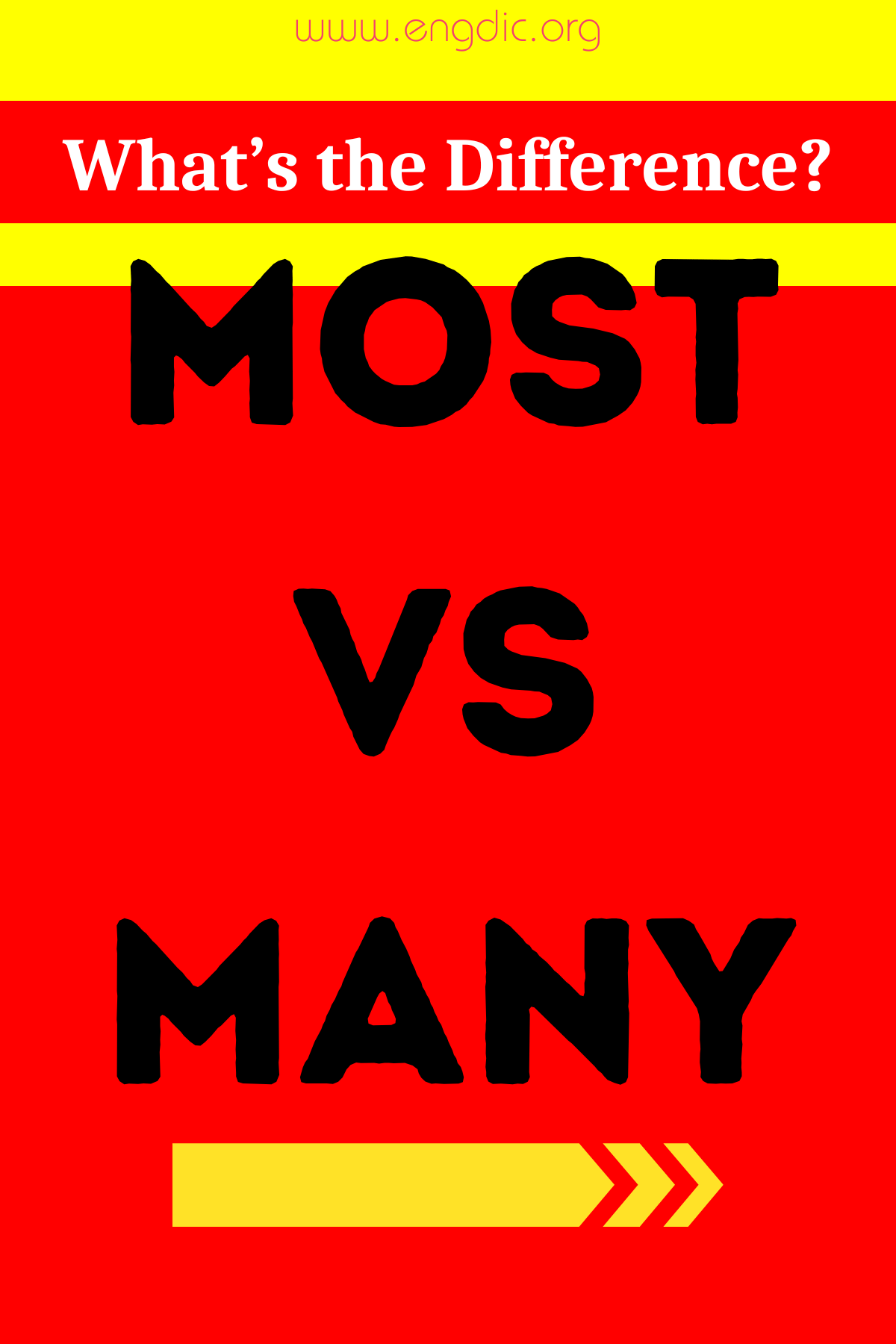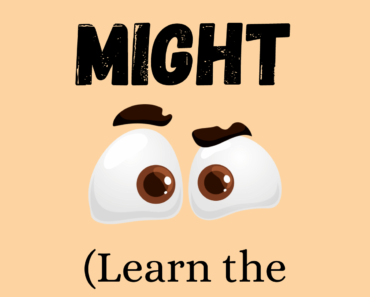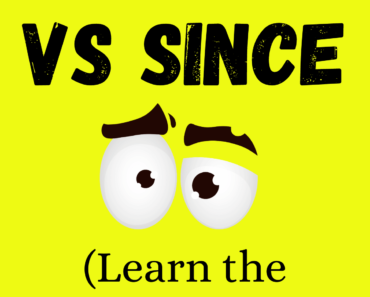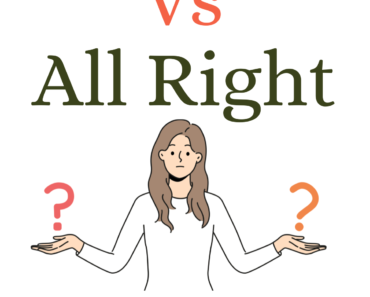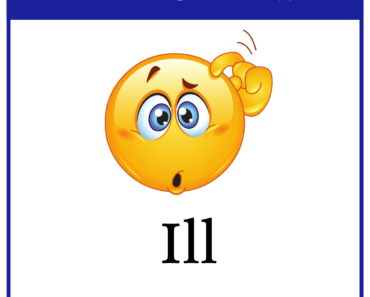Understanding the difference between “most” and “many” is essential for using these quantifiers accurately in English. “Most” refers to a majority of items or people within a group, suggesting a greater extent or degree than “many.”
It often implies more than half of a given set. On the other hand, “many” simply refers to a large number of items or people but does not necessarily suggest a majority. It is used to indicate a significant but indefinite quantity, typically in contexts where the exact number is unknown or irrelevant.
Definition and Usage of “Most”
Definition: “Most” is used as a determiner or pronoun to denote the greatest in number or the majority of a group.
Usage and Examples:
- As a determiner: When “most” is used to modify a noun, it specifies that the noun it accompanies represents the largest part of the whole. For instance:
- Most people enjoy a good movie.
- Most of the cake has been eaten.
- As a pronoun: “Most” can stand alone as a pronoun, replacing a noun phrase previously mentioned or understood from context.
- I invited ten friends to the party, and most came.
- She bought several dresses, but she returned most.
- With “of”: When followed by “of,” “most” can be used with both countable and uncountable nouns to specify an undefined but significant portion.
- Most of the books are on loan.
- Most of the water evaporated.
Definition and Usage of “Many”
Definition: “Many” is used as a determiner or a pronoun to indicate a large number of people or things, particularly with countable nouns.
Usage and Examples:
- As a determiner: “Many” quantifies nouns directly and is typically used with countable nouns to indicate a substantial but unspecified number.
- Many students find mathematics challenging.
- There are many ways to cook potatoes.
- As a pronoun: Similar to “most,” “many” can function as a pronoun replacing a noun phrase, often used in questions or negative contexts.
- Many have tried, but few have succeeded.
- Are there many coming to the meeting?
- With “of”: When used with “of,” “many” emphasizes a considerable number among a larger group.
- Many of the participants were first-time runners.
- I didn’t read many of the books I bought.
Understanding the nuances between “most” and “many” enhances clarity in communication, enabling more precise expression of quantity and degree.
